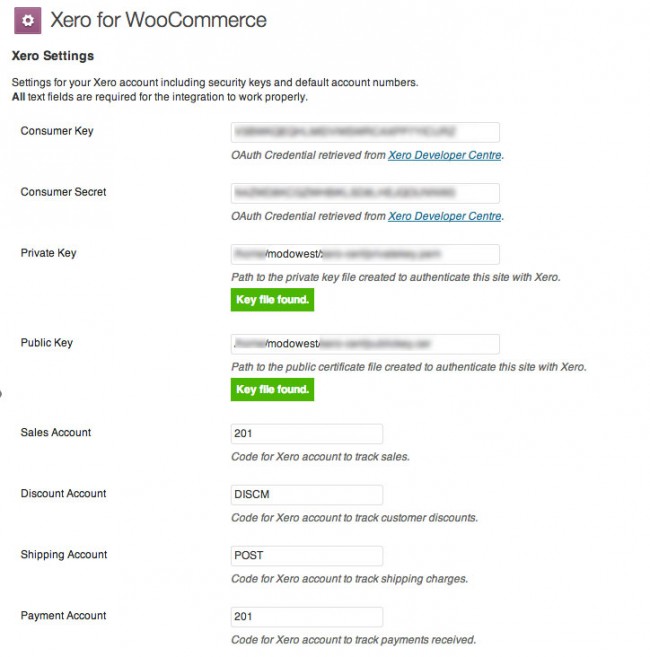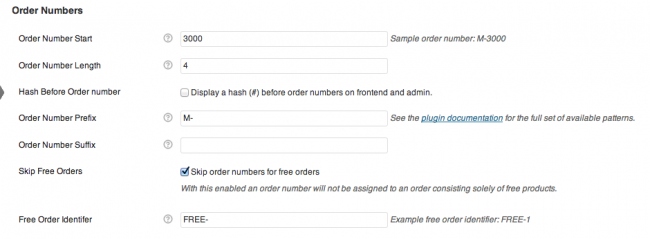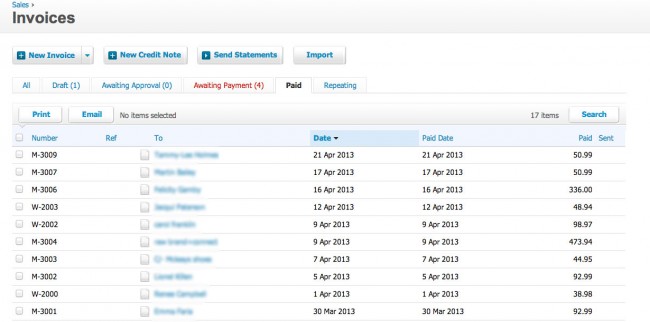Arden Dale for the Wall St. Journal writes: Financial advisers have a simple question for some of their clients who own businesses: Are you an active or passive owner?
For the clients whose businesses are set up as S corporations, the answer is crucial if they want to avoid paying a new 3.8% tax on their income.
Under the Affordable Care Act, which established the tax, the Internal Revenue Service taxes owners it views as taking a more passive role–depending partly on how much time they spend on the job.
Active owners don’t have to pay the tax.
Doctors, lawyers and other professionals have made S corporations one of the most popular business structures, along with others who use them to run businesses of all sorts, from manufacturing to retail. S corporations provide liability protection while allowing profits to pass through to the owners’ personal tax returns.
Before the tax strategy can be employed, advisers need to examine their business-owning clients’ Forms K-1 to determine if they are actively involved or whether they only have a passive role like an investor.
The 3.8% tax applies to the net investment income of married joint filers who have more than $250,000 of income (or $200,000 for singles). That’s why passive S corporation owners are hit with tax because the IRS sees them as investors.
“I think it’s very significant–there are a lot of people out there who truly shouldn’t be paying this tax,” said John Evans, a principal at Truepoint Inc. in Cincinnati, which has about $1.2 billion under management.
One client, according to Mr. Evans, will save at least $4,000 in taxes a year by spending more time working in two of his S corporations that own hair salons. Now retired, the man will still have time to play golf and relax. But he will take on some jobs like negotiating leases and managing personnel that show the IRS he is truly an active owner.
Mr. Evans said his fellow advisers need to be mindful of the strategy. Business owners often simply rely on an accountant to file a tax return, and may miss big savings this way. Accountants, he said, need to communicate with advisers and clients so that everyone is on the same page.
John D. Smith, an adviser in Illinois, said anyone who plans to switch from being a passive to an active owner must understand the IRS rules.
The agency uses a series of tests to decide whether a business owner is active or passive. Among them: spending annually 500 hours or more in a trade or business activity, being its sole participant, or, in the words of the IRS, being involved on a “regular, continuous, and substantial basis.”
“You’ve got to be able to document your activity in the business,” said Mr. Smith, a wealth manager at Balasa Dinverno Foltz LLC, an advisory firm in Itasca, Ill., with about $2.1 billion under management.
He works in a group at the firm that focuses on business owners; of the 100 or so businesses it serves, most are S corporations.
Last year, his firm spent a lot of time helping clients think about the steps they could take to limit the effects of higher taxes on dividends, capital gains and income that kicked in this year.
Now that those changes are here, the firm’s advisers are doing even more talking about the new 3.8% tax that helps fund the nation’s Medicare program. The tax was enacted in 2010 but took effect this year.





I started with Paypal and am finding SwipeHQ an improvement.
A lot of my customers get confused/put off with paypal thinking they will need to create an account. (a lot of kiwi’s are unaware of guest checkout) so the SwipeHQ process is much smoother.
From a fee’s perspective it’s great, no transaction fee (v’s paypals 45c) and lower processing fee’s.
I’ve had a few teething issues with SwipeHQ including my debut c/card transaction being double billed. Lucky it was my c/card testing it out but SwipeHQ never worked out what happened. Last week the credit card fields on their payment page had vanished, not good and i only found out when i received a call from a frustrated customer. SwipeHQ explained the issue as a bug in their system and had it fixed in 30mins but it is a worry and i wonder how many customers it prevented completing a transaction.